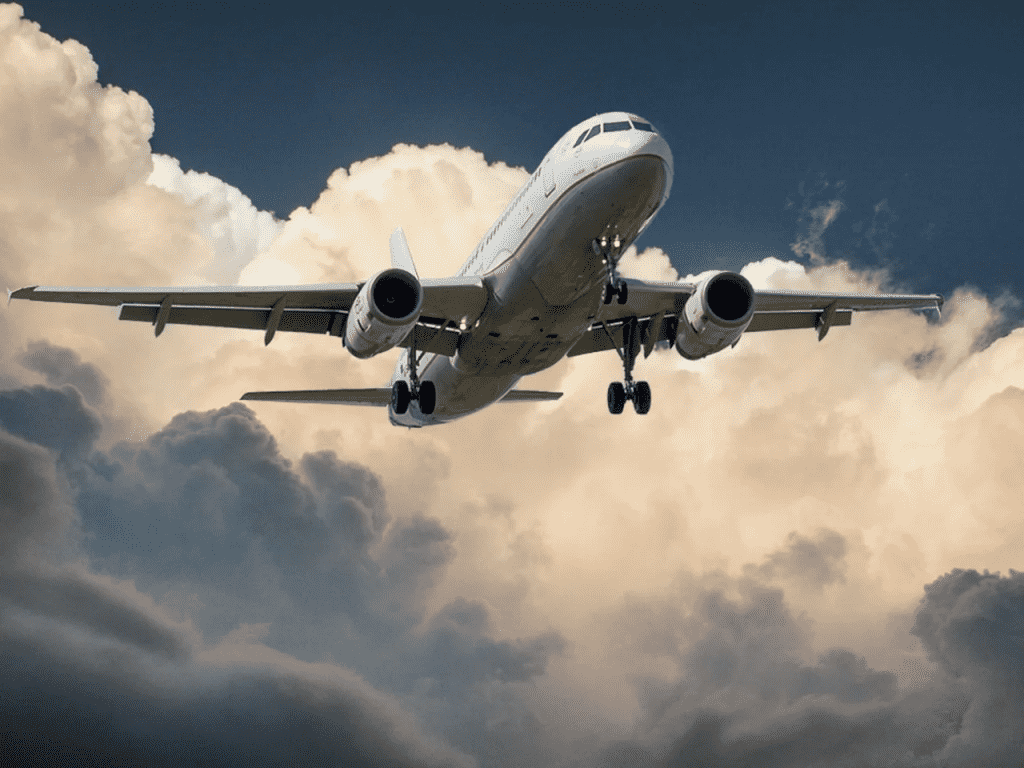With every passing day, commercial aviation is becoming a fundamental element in our daily lives, whether it’s about air travel or transporting cargo from one place to another. While it offers a lot of opportunities for safe and fast travel, there are some negative effects associated with it as well, through which it is putting our environment at risk. It has been reported that commercial aviation constitutes around 87.7 million jobs worldwide, with passenger demand doubling every 20 years. But do you know how adversely these aircrafts are affecting the sustainability of our environment?

Aviation is known for generating a very large carbon footprint by adding 2.5% carbon dioxide emissions to the global amount. Similarly, it has been reported that aviation is responsible for contributing to climate change due to the harmful gases that are released into the atmosphere. Moreover, if we talk about non-CO2 emissions, they are also as risky as the other ones. Aircraft spend most of their time during the cruise stage when it is about 33,000 to 42,000 ft from sea level. This means that the NOx released from the aircraft at this height reacts with the chemicals present in the atmosphere and becomes a cause of inducing carbon footprint.
With that in mind, this new study tries to highlight some solutions that the aviation industry could employ to reduce the harmful impact it has on the planet.

When these gases react with each other, they completely evaporate methane, which is one of the important greenhouse gases present in the atmosphere. Moreover, these gases also produce ozone that is different and more harmful than the one which is naturally found in the Earth’s atmosphere. The ozone generated due to the reaction of these gases further destroys methane and contributes to warming up the atmosphere even more. However, the naturally occurring ozone actually saves us from the harmful UV rays of the sun.

Hence, these two methods, i.e., the climate optimal routing and the formation flight, can save a considerable amount of aircraft emissions from being emitted into the atmosphere. Climate routing involves the avoidance of flying over those areas which are “climate sensitive.” As per the research, the aviation industry can reduce the climate change impact by 20% by rescheduling the routes of its aircrafts. This will only cost around 1-2% of the increase in flight time.
On the other hand, in formation flying, the main goal will be to fly the aircrafts about 1-2 km apart from each other. In this way, the “wake” of the lead aircraft will be compensated by the follower aircraft’s “surfs”, and the emissions will neither go into the atmosphere nor react to any gases present there. As already noted, non-carbon dioxide gases will also be reduced by formation flying by mitigating the warming effect of the atmosphere.
Also, as far as the contrails are concerned in formation flying, they will also become smaller due to fewer chances of absorbing water vapors because of the follower aircrafts. Hence, all these three reductions, when combined, account for 24% of the reduction of these gases on the climate. Hence, the aviation authorities need to implement these strategies if they aspire to reach net zero emissions by 2050.


